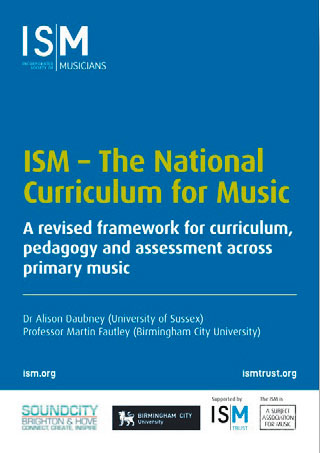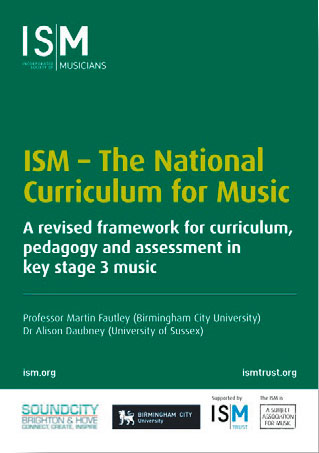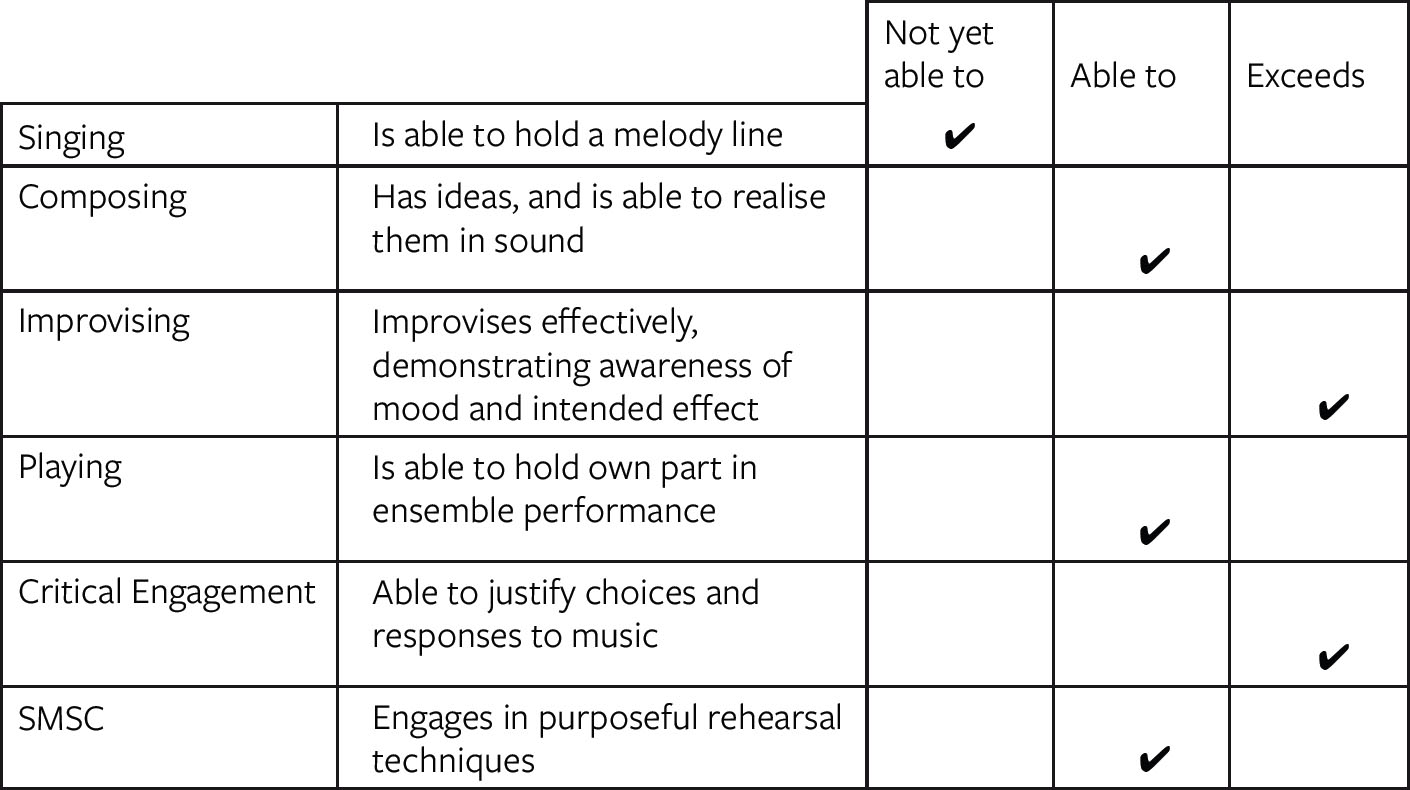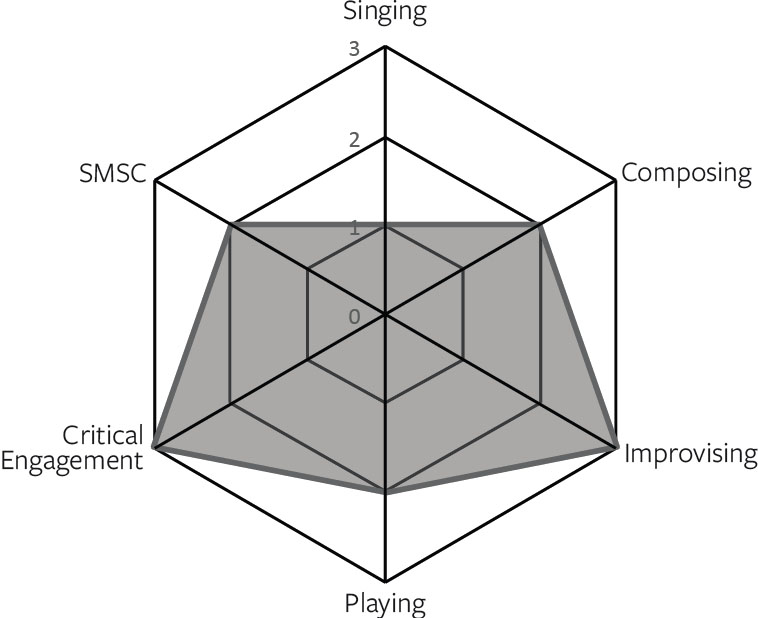
There are many complex issues surrounding curriculum and assessment in classroom music education across primary and secondary education. As university academics involved in music education, including research, initial teacher education and CPD, we have been concerned for a while that there is not a great deal of high-quality material available to support the work of the busy classroom-based music educator. As a result of this, we have worked with the ISM Trust to produce a range of materials that we hope will be useful.
So far we have produced three documents, one aimed at primary schools, another at the lower secondary school, and one that explains the research principles and theories behind the practical guidance. The practical application documents are designed to help teachers thinks about their music curriculum, its associated pedagogies and the assessments that result from it. We believe strongly that assessment needs to be rooted in the curriculum, and that each individual classroom teacher is in the best position to know what will work for them, in their school, with their pupils. We know that some imposed whole-school systems do not necessarily serve music very well.
We are very aware that assessment activities need to serve a range of functions. As we observe in the research context document:
Bernstein (1977) argued that there are three message systems in the classroom, curriculum, pedagogy, and assessment. It is assessment that brings together curriculum and assessment. The importance of curriculum in music education is key in knowing what to assess. (Fautley & Daubney, 2019, page 12.)
We are keen to urge music teachers to employ the use of ‘sound’ as a central component of musical learning and assessment. To this end we have provided exemplar assessment materials that can be fl exibly employed and simply graded, and then used both to document progress and to help the teacher prove that progress has been made, for example to the school leadership team.


To do this our materials employ six axes of assessment domains: singing; composing; improvising; playing; critical engagement; and social, moral, spiritual and cultural (SMSC). Space precludes a detailed discussion here, but the essential idea is that teachers choose or create their own assessment statements for each project or topic being taught, and then tailor the statements to that. As an example, the KS3 document provides sample assessment statements for one unit (Fig 1). The teacher simply ticks the appropriate box during the course of the lesson.

Fig 1
The next stage involves replacing the tick with a numerical score, if required: 1 for ‘not yet able to’, 2 for ‘able to’, and 3 for ‘exceeds’. Then, using the radar-chart function on Excel (or other spreadsheet) a chart showing attainment can be produced (Fig 2).

Fig 2
Using the spreadsheet, it becomes a straightforward matter to use such radar charts to show progress against each domain. Jane Werry has written about these on the Music Teacher website (https://bit.ly/2GP88iB).
Finally, it is important to reiterate that these resources are free. We make no money from writing them, or from downloads. If they are useful, great; if they give pause for thought, super; and if people don't like them, fine. At least – unlike commercial schemes – they won't have cost you or the school any money! But we hope they are useful, and that you do like them!
Download the frameworks free from the ISM website at ism.org/professionaldevelopment/resources




